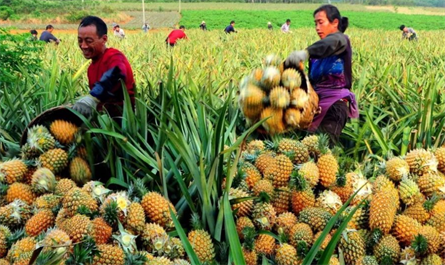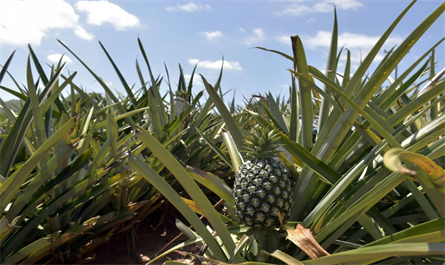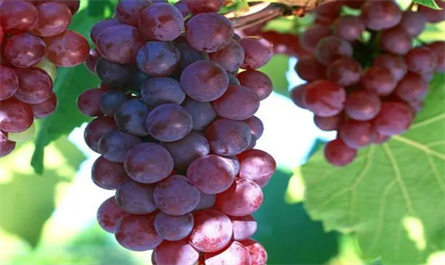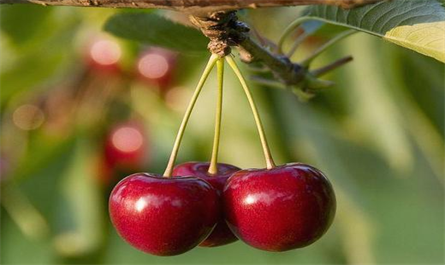Knowledge
-
Comprehensive analysis of the various factors that need to be considered in growing pineapplesDate: 2025-03-06To make the pineapple fruit big and sweet, it is necessary to comprehensively consider multiple factors such as variety selection, growth environment, and cultivation management.
The following are key technologies and precautions:
-
The key steps of pineapple cultivation include soil selection, sowing, management and pest controlDate: 2025-01-17Pineapples prefer acidic soil with a pH value between 5.5-6.5. The soil should be well-drained and rich in organic matter and trace elements such as phosphorus and potassium. The soil should be plowed to a depth of about 30 cm for better seed growth.

-
What effect does S-abscisic acid have on grapes?Date: 2024-06-20S-abscisic acid is a plant regulator, also known as abscisic acid. It was named because it was initially believed to promote the shedding of plant leaves. It has effects in multiple developmental stages of plants. In addition to promoting leaf shedding, it also has other effects, such as inhibiting growth, promoting dormancy, promoting potato tuber formation, and plant stress resistance. So how to use S-abscisic acid? What effect does it have on crops?

-
Application of plant growth regulators in cherry farmingDate: 2024-06-151. Promote the rooting of cherry rootstock tenderwood cuttings
Naphthalene acetic acid (NAA)
Treat cherry rootstock with 100mg/L of Naphthalene acetic acid (NAA), and the rooting rate of rootstock tenderwood cuttings reaches 88.3%, and the rooting time of cuttings is advanced or shortened.



